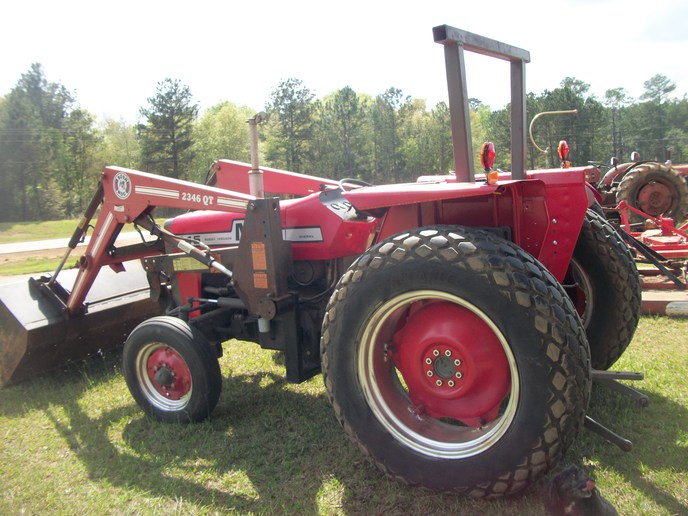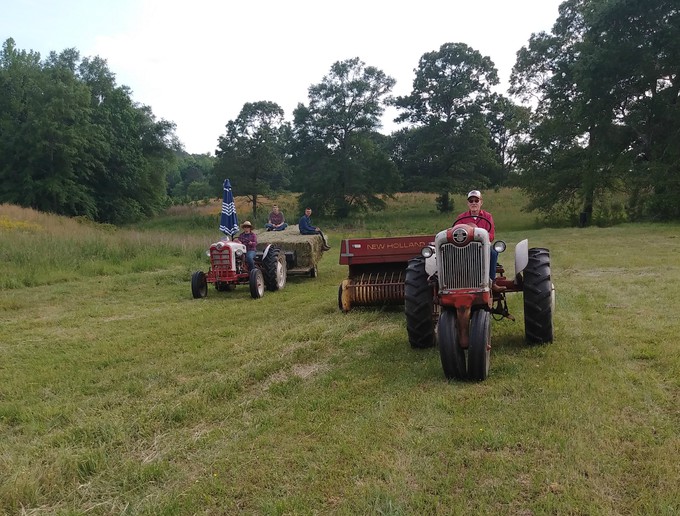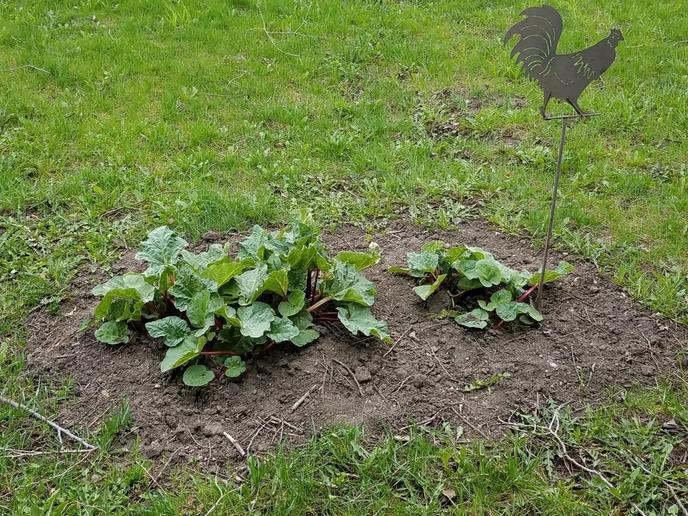Stephen Newell
Well-known Member
This has been a problem ever since I've had the tractor. The wiring has been changed. The battery has been changed. The starter has been overhauled but it frequently has spells where the engine will barely turn over. This is especially the case if the engine has been running and warmed up. Any time I use the tractor I have to leave it running until I completely get done. If I turn it off I have to wait 30 minutes to an hour before I attempt to start it again. It cranks as though the battery is nearly dead. Then wait 15-20 minutes and it starts fine. Any idea what I can do to reduce the friction in the engine so the starter can turn it?





